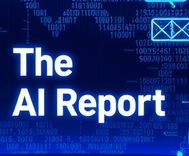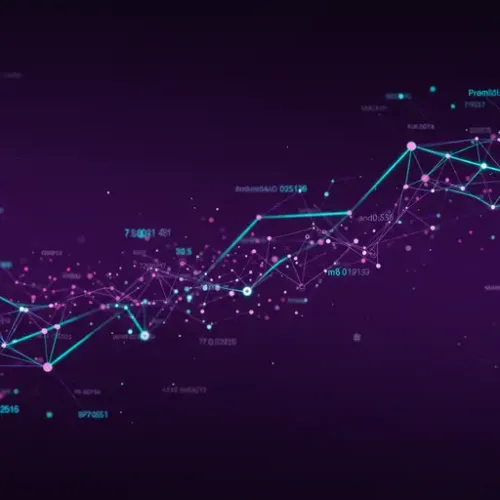Fact check team: The race to power artificial intelligence

The AI Report
Daily AI, ML, LLM and agents news
Artificial intelligence promises to reshape our world, driving innovation across every sector. Yet, beneath the dazzling advancements lies a pressing, often overlooked challenge: AI's insatiable energy appetite. As these intelligent systems become more sophisticated, their demand for power surges, creating a critical bottleneck that could define the future of technology, economy, and planet.
The Looming Power Crisis: AI's Energy Footprint
The digital infrastructure supporting AI already consumes a significant share of our nation's electricity. Data centers, the silent workhorses of the AI revolution, account for approximately 4.4% of all U.S. electricity consumption. Startling projections reveal that by 2028, over half of this colossal consumption could be attributed solely to AI. This imminent reality equates to powering an additional 22% of all U.S. households, adding millions of homes' energy load to our grid in just a few years.
The Carbon Conundrum: Fueling Progress with Fossil Fuels
Alarmingly, the vast majority of this escalating electricity demand is met by fossil fuels. Grids powering today's data centers emit 48% more carbon than the national average. While tech giants like Meta and Microsoft explore cleaner sources such as nuclear power, natural gas remains dominant, inextricably linking AI's future to carbon emissions. This reliance creates a substantial environmental burden, demanding urgent strategic shifts in energy production.
Policy Responses and Their Limits
Recognizing this looming energy crisis, policymakers are responding. A recent U.S. executive order aims to bolster grid reliability, directing the Department of Energy to expedite emergency approvals for power plants to operate at full capacity during peak demand. This mandates developing a standardized methodology to assess reserve margins and identify critical power plants for grid stability. These are crucial steps, yet they underscore a reactive approach to a rapidly evolving challenge.
The Global Race: A Strategy for Supremacy
The urgency of this challenge is amplified globally. Nations compete not just for AI innovation, but for the energy infrastructure to sustain it. While the U.S. grapples with an often-fragmented energy plan, global players like China implement long-term, centrally planned strategies to guarantee reliable electricity for their data centers. This stark contrast suggests AI leadership may hinge not just on technological breakthroughs, but on a nation’s foresight in securing a stable, sustainable power supply. A piecemeal approach risks ceding crucial ground in the race for technological dominance.
Charting a Sustainable Path Forward
The race to power artificial intelligence is more than an engineering feat; it is a profound societal challenge. Businesses must prioritize energy efficiency and renewable integration in their AI development. Policymakers need to forge a coherent, long-term national energy strategy that supports innovation, safeguards our environment, and ensures grid resilience. The future of AI, and indeed our digital economy, depends on our collective ability to power it wisely and sustainably. Let us channel the same innovative spirit we apply to AI into crafting a robust and responsible energy future.

The AI Report
Author bio: Daily AI, ML, LLM and agents news
